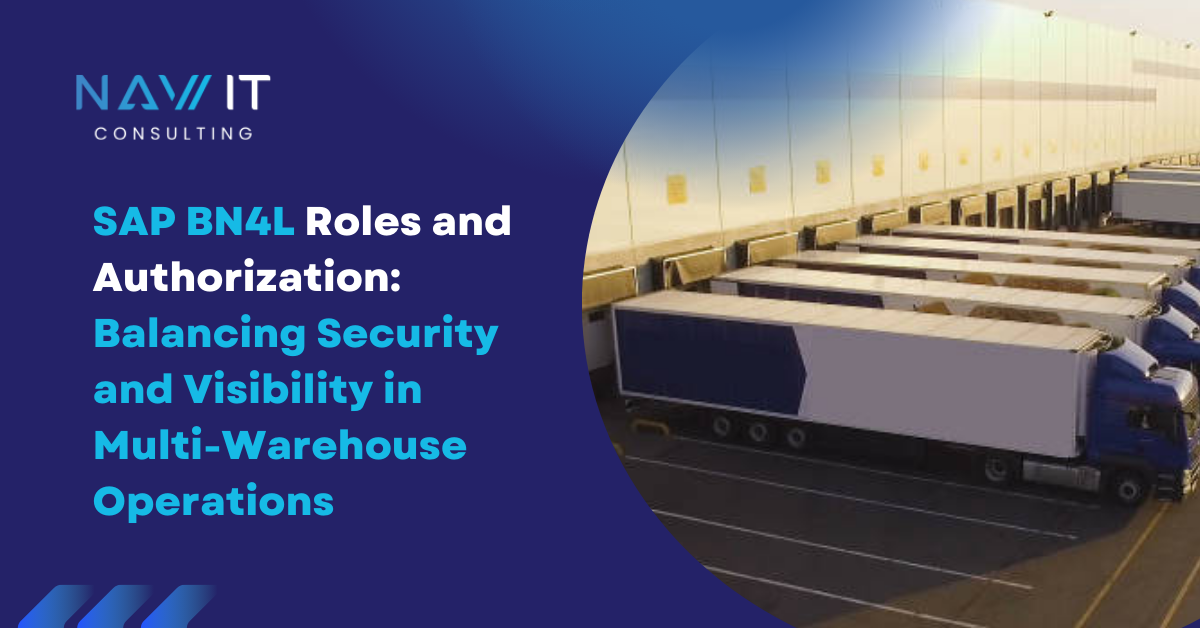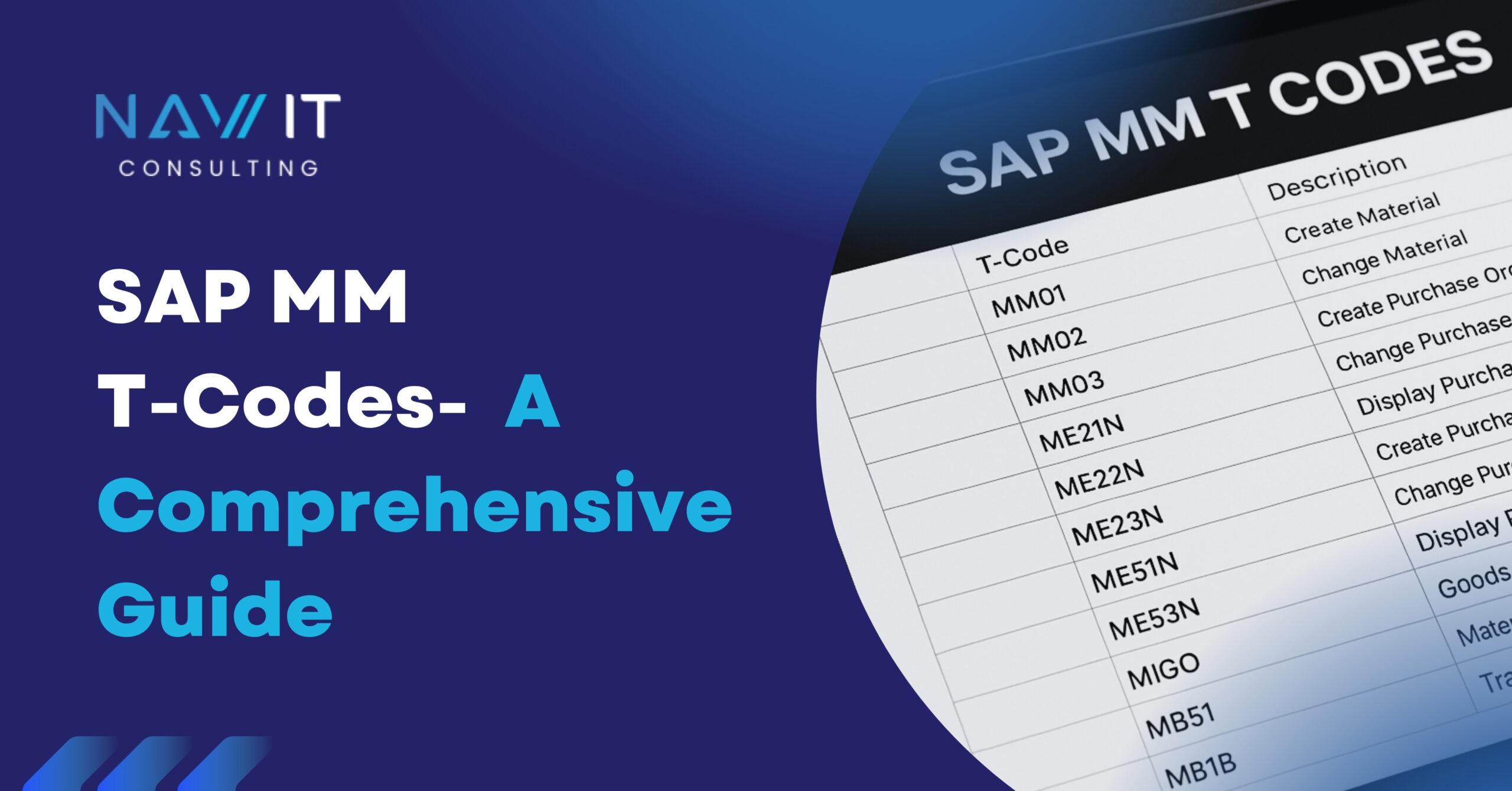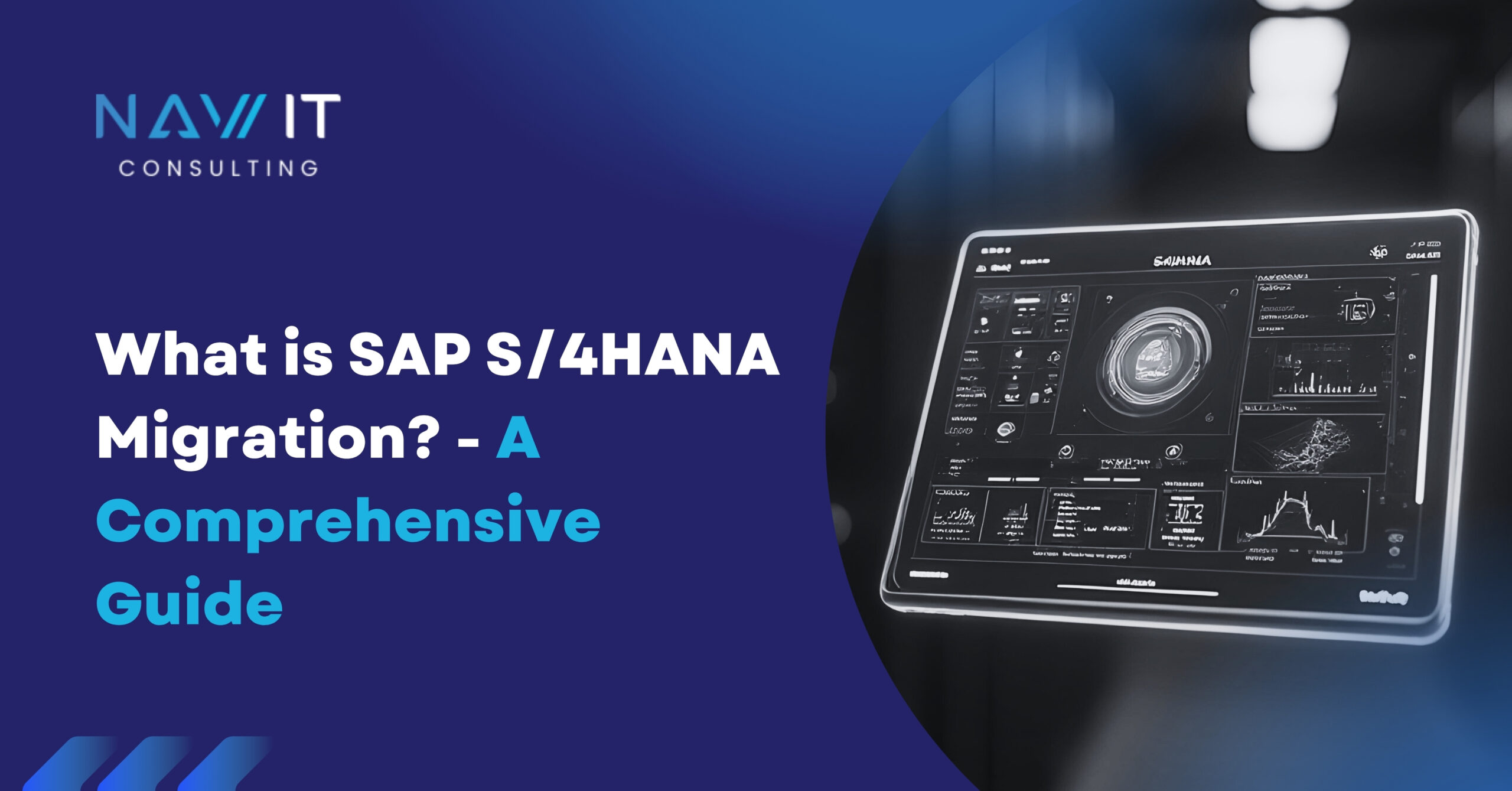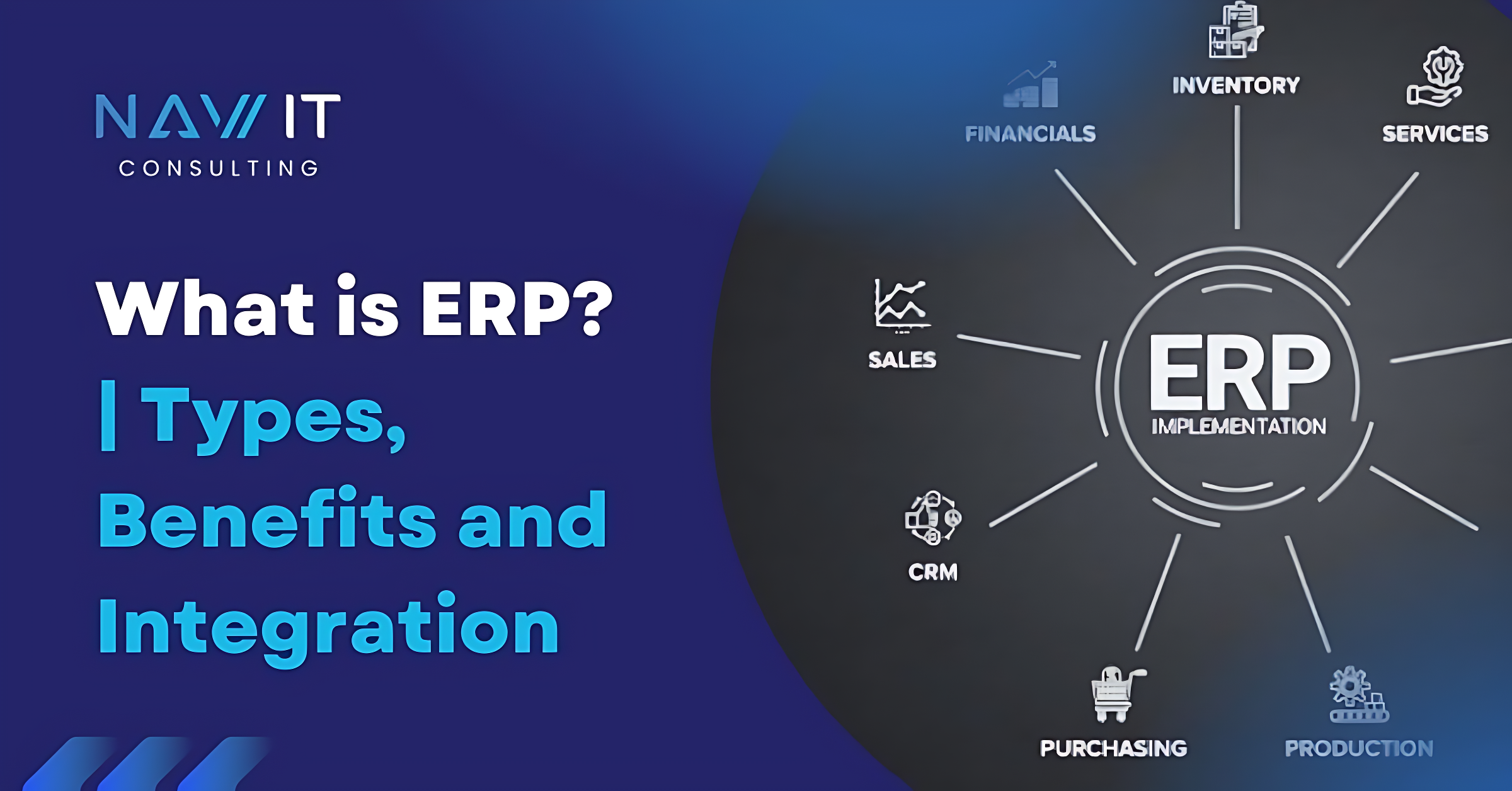Did you know that warehouses implementing a Warehouse Management System (WMS) can see a 20% increase in picking accuracy? This statistic highlights the growing importance of WMS in modern supply chain management.
A Warehouse Management System (WMS) is a software solution that streamlines and optimizes all aspects of warehouse operations. From the moment goods arrive at the loading dock to when they are shipped out, a WMS tracks inventory levels, manages storage locations, and directs staff for efficient picking and packing.
This guide will serve as your one-stop resource for understanding WMS. Here’s what you’ll learn:
- The core functionalities of a WMS and how they benefit warehouse operations.
- Different types of WMS solutions available and how to choose the right one for your business.
- The implementation process for a WMS and best practices to ensure a smooth transition.
- The ongoing benefits of using a WMS, including improved efficiency, reduced costs, and enhanced customer satisfaction.
By the end of this guide, you’ll have a comprehensive understanding of how a WMS can revolutionize your warehouse operations and empower your business for success in the modern supply chain.
Join our LinkedIn Network for updates, tips, professional growth and many more:
Warehouse Management Systems Overview
A Warehouse Management System (WMS) is a software application designed to streamline and optimize all the moving parts within a warehouse. It acts as the central hub, coordinating and overseeing every aspect of a product’s journey through the facility, from the moment it arrives at the receiving dock to when it’s shipped out.
What does a warehouse management system do?
Let’s have a look at various functionalities of
- Inventory Management: This is the backbone of any warehouse management system. It tracks inventory levels in real-time, providing accurate data on the quantity, location (including bin or shelf placement), and key details about each item within the warehouse. This allows for better control over stock levels, reduces the risk of stockouts, and helps identify potential issues like expired products or misplaced inventory.
- Warehouse Layout Optimization: An efficient warehouse layout is crucial for smooth operations. A WMS helps optimize the use of space by digitally mapping the entire warehouse layout. This includes factors like aisle configurations, storage rack locations, and designated areas for different product types. With this digital map, the WMS can then optimize picking routes and storage assignments to minimize travel time and maximize efficiency.
- Order Management: When a customer order is received, the WMS plays a vital role in processing it. The system can automatically generate picking lists, which specify the items needed to fulfill the order and their exact locations within the warehouse. This eliminates the need for manual order picking lists, reduces errors, and ensures faster order fulfillment.
- Labor Management: A warehouse management system is a valuable tool for optimizing labor within the warehouse. It can analyze historical data and current order volume to predict staffing needs. Additionally, the warehouse management solutions can optimize picking routes based on the layout and item locations, minimizing the time and distance pickers need to travel. This helps ensure efficient use of labor and reduces employee fatigue.
- Reporting and Analytics: Warehouse management solutions don’t just manage operations; they also provide valuable insights. The system can generate reports on various warehouse performance metrics, including picking accuracy, order processing times, and inventory turnover. This data allows warehouse managers to identify areas for improvement, track progress over time, and make data-driven decisions to optimize overall warehouse efficiency
Benefits of a Warehouse Management System
Implementing a Warehouse Management System (WMS) can significantly improve your warehouse operations across several key areas. Here’s a closer look at the benefits of a WMS:
1. Enhanced Efficiency
- Optimized Warehouse Layout: A WMS helps design and maintain an efficient warehouse layout. By digitally mapping the space and considering factors like product size, weight, and access needs, the warehouse management solutions can assign optimal storage locations and create efficient picking routes. This minimizes travel time and wasted movement for pickers, leading to faster order fulfillment and increased overall throughput.
- Streamlined Workflows: The warehouse management system automates manual tasks and streamlines workflows throughout the warehouse. From receiving and putaway to picking, packing, and shipping, the system guides workers through each step with clear instructions. This reduces errors, eliminates the need for paper-based processes, and ensures a smoother flow of goods.
- Improved Labor Management: The WMS analyzes historical data and current order volume to predict staffing needs. It can then optimize picking routes and tasks based on worker skills and availability. This helps ensure the right people are assigned to the right tasks at the right time, maximizing labor productivity and reducing wasted time.
2. Increased Accuracy
- Real-time Inventory Tracking: Manual inventory management is prone to errors. Warehouse management solutions eliminate this issue by providing real-time data on inventory levels. The system tracks every item, its location within the warehouse (down to the bin or shelf), and key details like expiration dates and lot numbers. This level of accuracy reduces the risk of stockouts, helps identify misplaced inventory, and eliminates the need for manual stock counting.
- Reduced Picking Errors: Picking errors can lead to delays, customer dissatisfaction, and incorrect order fulfillment. A warehouse management solution system plays a crucial role in minimizing these errors. The system generates accurate picking lists with clear instructions and often integrates with barcode scanners or other verification technologies. This ensures pickers select the correct items and quantities, leading to higher picking accuracy and improved order fulfillment.
- Enhanced Order Visibility: The WMS provides complete visibility into the order fulfillment process. You can track the status of each order in real-time, from the moment it’s received to when it’s shipped out. This allows for proactive issue identification and resolution, ensuring on-time deliveries and improved customer satisfaction.
3. Cost Savings
- Reduced Labor Costs: By optimizing workflows, tasks, and picking routes, a WMS helps maximize labor productivity. This can lead to reductions in labor costs as you can potentially operate with a leaner workforce.
- Minimized Inventory Costs: Accurate inventory tracking with a warehouse management system helps prevent stockouts and overstocking. You’ll have a clearer picture of your inventory needs, allowing you to optimize stock levels and reduce carrying costs associated with holding excess inventory.
- Lower Error Rates: Picking and order fulfillment errors can be costly. A WMS helps minimize these errors through accurate picking lists, barcode verification, and streamlined workflows. This reduces the need for returns, re-picks, and order corrections, leading to overall cost savings.
4. Improved Customer Satisfaction
- Faster Order Fulfillment: A WMS streamlines order processing, picking, and packing, leading to faster order fulfillment times. This translates to quicker deliveries and happier customers.
- Reduced Order Errors: By minimizing picking errors, warehouse management solutions ensure customers receive the correct items they ordered. This reduces the need for returns and replacements, leading to a more positive customer experience.
- Enhanced Order Visibility: The warehouse management system provides real-time order tracking, allowing you to keep customers informed about the status of their orders. This transparency builds trust and fosters better customer relationships.
Types of Warehouse Management Systems: Choosing the Right Fit
Selecting the right Warehouse Management System (WMS) depends on understanding the various options available and how they align with your specific needs. Here’s a detailed breakdown of the four main types of WMS solutions:
1. Standalone WMS
These are independent software applications designed solely for warehouse management. They function as a dedicated system, offering a high degree of customization to cater to your unique warehouse processes and workflows.
Benefits
- Highly Customizable: Standalone WMS can be tailored to fit your specific needs, allowing for in-depth configuration of features, workflows, and reporting functionalities.
- Powerful Functionality: Standalone warehouse management solution systems often provide a comprehensive suite of features for warehouse operations, including advanced functions like labor management, warehouse automation integration, and complex picking strategies.
- Security and Control: Data resides on your own servers, offering greater control over security and privacy compared to cloud-based solutions.
Considerations
- Integration Needs: Standalone WMS may require additional effort and cost to integrate with other business systems like ERP or accounting software.
- IT Infrastructure: You’ll need to maintain your own IT infrastructure to support the software, including hardware, software licenses, and IT staff for ongoing maintenance and updates.
- Implementation Complexity: Implementing a standalone warehouse management system can be a complex process, requiring significant upfront investment in time and resources.
2. ERP Modules
Some Enterprise Resource Planning (ERP) systems offer a built-in WMS module as part of a broader suite of functionalities. This allows for integrated management of warehouse operations alongside other business processes like finance, accounting, and sales.
Benefits
- Streamlined Integration: The WMS functionality is seamlessly integrated with other ERP modules, eliminating the need for separate data entry and reducing the risk of errors.
- Unified Data View: Provides a centralized view of all your business data, offering greater visibility and control across different departments.
- Reduced Costs: By leveraging your existing ERP system, you may save on initial software licensing costs compared to a standalone WMS.
Considerations
- Limited Customization: The WMS module within an ERP system may have limited customization options compared to standalone solutions. It might not cater to the specific needs of complex or high-volume warehouses.
- ERP System Dependence: You’re reliant on your chosen ERP provider for WMS updates and functionality enhancements.
- Potential Implementation Challenges: Implementing a new ERP system with a WMS module can be a complex and time-consuming process.
3. Cloud-based Warehouse Management System
Cloud-based WMS solutions are hosted on remote servers by the software vendor. You access the system through a web browser or mobile app from any device with an internet connection.
Join our LinkedIn Network for updates, tips, professional growth and many more:
Benefits
- Scalability: Cloud-based WMS offers easy scalability to accommodate growth in your business or seasonal fluctuations in order volume.
- Reduced IT Infrastructure: Eliminates the need for on-premise hardware and IT staff for maintenance and updates. The vendor manages the infrastructure and software updates.
- Accessibility: Accessible from any device with an internet connection, allowing for remote management and real-time visibility into warehouse operations.
Considerations
- Subscription Costs: Cloud-based warehouse management system typically involves ongoing subscription fees, which can be a recurring cost compared to the one-time licensing of standalone solutions.
- Internet Reliance: System functionality and accessibility depend on a reliable internet connection.
- Potential Security Concerns: Data security is a major consideration, so choose a reputable vendor with robust security measures in place.
4. Open-source WMS
Open-source WMS solutions are freely available software with the source code open for modification and customization.
Advantages
- Lower Upfront Costs: Open-source WMS eliminates upfront licensing fees, making it a cost-effective option for businesses with limited budgets.
- High Customization: The open-source nature allows for extensive customization to fit your specific warehouse needs and workflows.
Considerations
- Technical Expertise: Requires in-house technical expertise for installation, configuration, maintenance, and updates. This can be a significant challenge for businesses without an IT department.
- Limited Support: Vendor support may be limited or non-existent compared to commercially licensed warehouse management solutions.
- Security Risks: Open-source software can be more vulnerable to security breaches if not properly maintained and updated.
Choosing the right warehouse management system involves carefully evaluating your specific needs, budget, technical capabilities, and desired level of customization.
Future of Warehouse Management Systems : Booming Technological Advancements
Streamlined operations, boosted productivity, and enhanced control – these are just a peek at the future of WMS, fueled by technological advancements. Here’s how advancements are shaping the future of warehouse management system:
1. Leveraging Artificial Intelligence (AI)
- Real-time Optimization: AI algorithms will dynamically optimize picking routes based on factors like order urgency, item location, and worker availability. This will lead to faster fulfillment times and improved efficiency.
- Demand Forecasting: AI can analyze historical data and market trends to predict demand fluctuations. This allows for better inventory management, preventing stockouts and optimizing purchasing decisions.
- Automated Task Management: AI can automate repetitive tasks currently performed by warehouse personnel. This includes tasks like identifying optimal picking locations and generating optimized packing configurations.
2. Integration of the Internet of Things (IoT)
- Real-time Visibility: Sensor networks on warehouse equipment and inventory can provide real-time data on location, status, and environmental conditions. This allows for improved visibility and control over warehouse operations.
- Predictive Maintenance: IoT sensor data can be used for predictive maintenance of warehouse equipment, minimizing downtime and ensuring smooth operation.
- Enhanced Inventory Management: Real-time tracking of inventory movement with IoT sensors improves inventory accuracy and reduces shrinkage.
3. Rise of Robotics
- Automated Picking and Packing: Robots will take over repetitive tasks like picking and packing goods, improving speed and accuracy while reducing reliance on manual labor.
- Increased Safety: Robots can handle hazardous materials or heavy items, minimizing workplace safety risks for human workers.
- 24/7 Operations: Autonomous robots can enable lights-out warehouse operations, allowing for extended operating hours and faster order fulfillment.
4. Emerging Trends
- Increased Automation: We can expect a significant rise in automation technologies like robotic process automation, automated guided vehicles (AGVs), and drones for inventory management.
- Predictive Analytics: WMS will leverage advanced analytics to predict not just demand fluctuations but also potential equipment failures and optimize resource allocation.
- Sustainability Focus: Warehouse management system will play a role in optimizing warehouse space utilization to reduce energy consumption. Additionally, features like route optimization for picking and packing can minimize travel distances within the warehouse, lowering the environmental impact.
These advancements will transform warehouse operations, leading to increased efficiency, productivity, and cost savings.
Conclusion
Warehouse Management System (WMS) is an important tool for modern warehouse operations. From enhancing efficiency and accuracy to reducing costs and improving customer satisfaction, the benefits of implementing a WMS are substantial. Whether you are considering a standalone system, an ERP module, a cloud-based solution, or an open-source option, choosing the right WMS can revolutionize your warehouse operations and position your business for long-term success. With this comprehensive guide, you are now equipped with the knowledge to make an informed decision and employ the power of a WMS for your warehouse.
FAQs About Warehouse Management System
1. What is a Warehouse Management System (WMS)?
A Warehouse Management System (WMS) is a software application that helps manage and optimize all aspects of a warehouse operation, from receiving and storing goods to picking, packing, and shipping them out.
2. How does a WMS improve inventory accuracy?
A WMS tracks inventory levels in real-time, including location and key details about each item. This eliminates manual checks, reduces errors, and helps identify misplaced inventory. Additionally, warehouse management solutions often integrates with barcode scanners or other verification technologies to ensure picking accuracy.
3. What are the costs associated with implementing a WMS?
WMS costs can vary depending on the type of system (standalone, ERP module, etc.), features, and implementation complexity. There may be upfront licensing fees, ongoing subscription costs for cloud-based solutions, and potential costs for customization or integration with other systems.
4. Can WMS be integrated with other systems?
Yes, many WMS solutions integrate with other business systems like Enterprise Resource Planning (ERP) software, accounting systems, and e-commerce platforms. This allows for a seamless flow of data and improves overall operational efficiency.
5. What are the challenges of using a WMS?
Some challenges include upfront costs, the complexity of implementation, and the need for employee training on the new system. Additionally, selecting the right WMS for your specific needs can be a complex process.
6. How to choose the right WMS for your business?
Consider your warehouse size, operation complexity, budget, and integration needs. Research different WMS vendors, compare features, and request demos to see which system best suits your requirements. Consulting with a WMS specialist can also be helpful.









